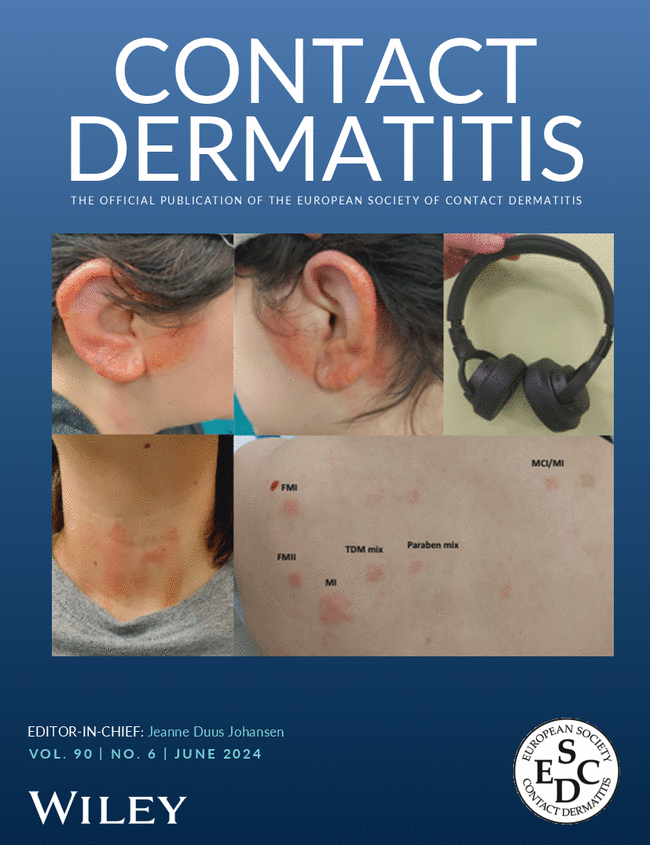Sodium Benzoate as an Emerging but Problematic Allergen: Retrospective Analysis of Patch Test Results in 3198 Cases Underlines the Need for an Improved Test Preparation, as Even Dubious Reactions May Be Clinically Relevant
Abstract
Background
Sodium benzoate is increasingly used as a preservative in personal care products and in foods. Recently published experience of patch testing sodium benzoate at 5% in pet shows it to be an allergen that may be assuming increasing clinical relevance.
Objectives
We set out to define the prevalence of clinically relevant reactions to sodium benzoate, to delineate problems with the interpretation of patch test readings to this allergen and to identify whether its inclusion in various series offers additional diagnostic benefit beyond those offered by commonly tested allergens, for example benzoic acid and Myroxylon pereirae , with which it may show some cross reactivity.
Methods
From 2008 to 2023, 3198 patients were patch tested to 5% sodium benzoate in pet, which has been included in our bakery/cheilitis, fragrance and facial series. Types of reaction, clinical relevance and cross-reactivities were noted.
Results
Of 3198 subjects tested to 5% sodium benzoate in pet, 57 (1.8%) had an allergic positive reaction (+/++), 53 (1.6%) had a doubtful reaction (?+) and 133 (4.1%) had an irritant reaction (IR) – meaning that ?+ or irritant reactions were more than three times more common than allergic responses. Clinical relevance was identified in 67% (38 of 57) of + or ++ reactors to sodium benzoate, and in 36% (19 of 53) of those with doubtful (?+) reactions.
Co-reactivity to benzoic acid was seen in 15.4% of cases + or ++ to sodium benzoate.
The positivity ratio (the proportion of + reactions compared to ++ and +++) was 96.5% and the reaction index (number of allergic positives compared to ?+ or IR) was −0.53. Both indices indicate a problematic allergen.
Conclusions
This series reaffirms that sodium benzoate is an important allergen which should be included in bakery/cheilitis, fragrance and facial series in addition to benzoic acid and Myroxylon pereirae, with which it occasionally cross-reacts. However, it is tricky to test and its reactions are difficult to interpret—underlining the need to refine the preparation used for patch testing.


 求助内容:
求助内容: 应助结果提醒方式:
应助结果提醒方式:


